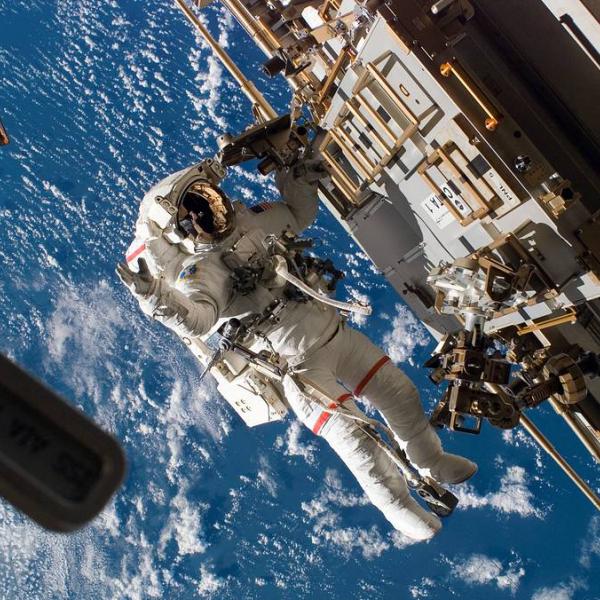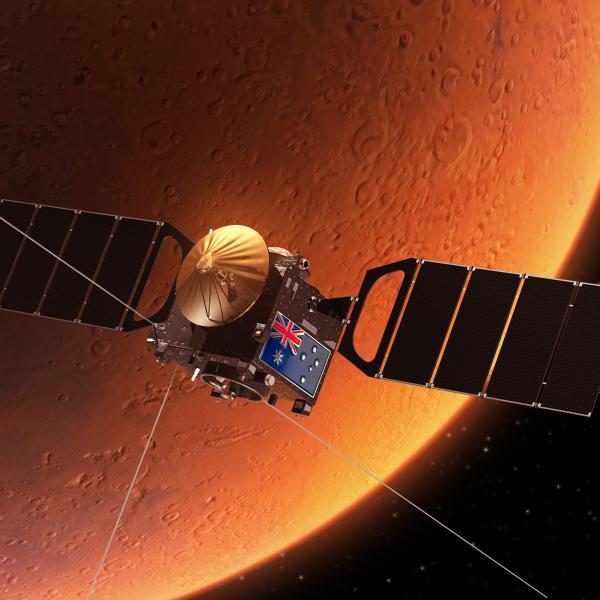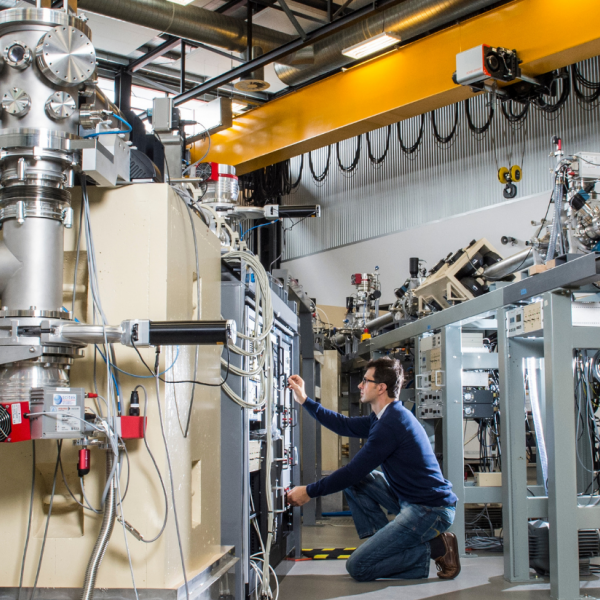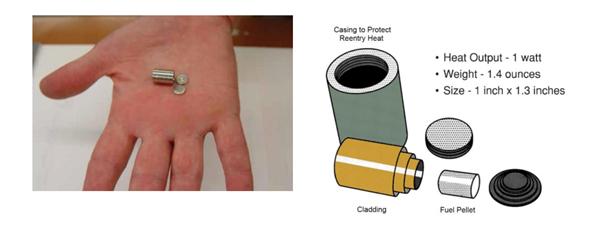
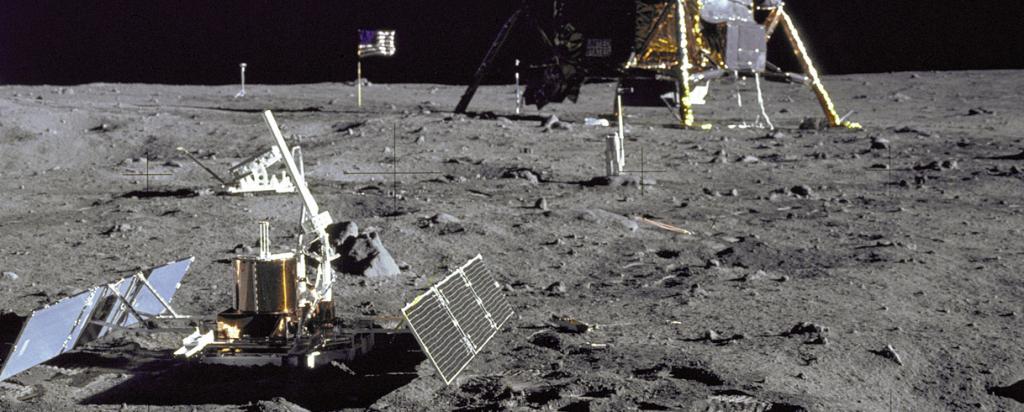
Published on the 9th March 2022 by ANSTO Staff
Key Points
-
ANSTO is collaborating with a startup company on the development of robust nuclear-based power solutions for satellites and space vehicles
-
Ouranos, based at the nandin Innovation Centre at ANSTO, is completing work on a heater unit for use in instruments on the lunar surface
-
ANSTO makes it expertise and infrastructure available for Australian space research
In addition to in-house infrastructure and expertise to support space research, ANSTO has an association with Ouranos Systems, a company that is developing robust nuclear-based power solutions for satellites and space vehicles in collaboration.
The startup is based at its nandin Innovation Centre.
FutureNow Scholarship recipients and nuclear engineers, Dr Robert Mardus-Hall and Andrew Pastrello are principals of Ouranos Systems.
Last year, the company was part of a team that received an Australian Space Agency Moon to Mars Demonstrator Feasibility grant to design a radioisotope heater unit for operation during extremely cold lunar nights.
Small radioisotope heater units, which commonly weigh about 1.4 ounces, are needed for satellites and planetary exploration because they last longer and have less mass than batteries. The heater units are typically placed in multiple locations on a satellite or probe.
The project encompasses the selection of a radiation source, design of a pellet using numerical heat transfer and radiation-transport models, design of a ballistic casing and thermal shielding, manufacturing of a prototype, testing and logistics and regulatory challenges for the irradiation.
“A large chunk of the work package that includes the selection of a radioisotope, radiation modelling, design of the pellet and shielding, was the responsibility of Ouranos Systems,” explained Dr Mardus-Hall.
“We had to select an appropriate radioisotope that would generate enough heat in a small enough package.”
“Heating is critical to maintain operability in such a harsh environment, such as a lunar crater.”
Ouranos Systems has also completed a workable design for the thermal shielding.
When the radiation source for the unit is removed from a nuclear reactor, it needs to be encapsulated by a thermal shield.
“Our business partner is very pleased with the progress so far,” said Dr Mardus-Hall.
The project is expected to wrap up in June.
If the unit were to be produced in Australia, ANSTO’s multipurpose reactor OPAL could be used to produce the radioisotope in sufficient commercial quantities.
Longer-term, Ouranos Systems is very interested in the design of compact modular reactors for space applications.
Reactor heat transfer specialist Dr Mark Ho has an affiliation with Ouranos Systems.
The Ouranos Systems team will be travelling overseas with a NSW global export delegation for a major space symposium.
Contacts

